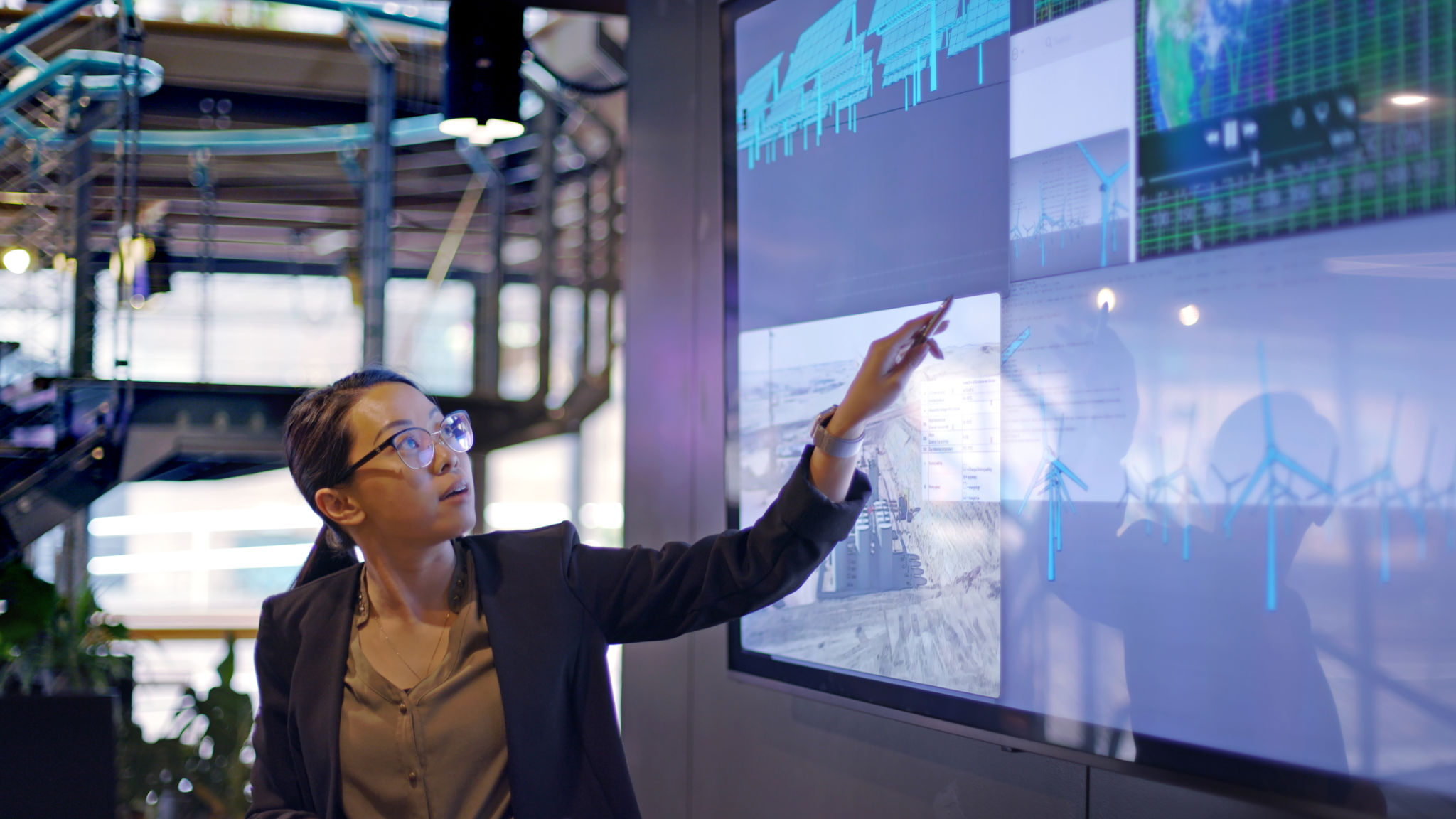How to Choose the Right Environmental Protection System for Your Industry
Understanding Your Industry's Needs
Choosing the right environmental protection system for your industry begins with understanding your specific needs and challenges. Different industries have unique environmental impacts, and it's crucial to identify these before making a decision. For instance, a manufacturing plant may require robust air filtration systems, while an agricultural business might focus on soil and water conservation.
Start by conducting a thorough environmental impact assessment. This will help you pinpoint areas where your operations might be harming the environment and where improvements can be made. Once you've identified these areas, you can begin exploring the types of protection systems that best address these impacts.

Consider Regulatory Requirements
Another critical factor in choosing the right environmental protection system is understanding the regulatory requirements applicable to your industry. Compliance with local, national, and international regulations is not only legally necessary but also serves as a benchmark for selecting appropriate systems. Research the laws related to emissions, waste management, and resource usage that apply to your sector.
Consulting with legal experts or environmental consultants can be beneficial in this phase. They can provide insights into regulatory expectations and help you align your environmental strategies accordingly. Staying ahead of regulatory demands not only avoids legal issues but also positions your company as a leader in environmental responsibility.
Evaluate Technology Options
Advancements in technology have revolutionized environmental protection systems across industries. When selecting a system, it's important to evaluate the available technology options. From state-of-the-art air purifiers to advanced wastewater treatment facilities, technology can greatly enhance your environmental efforts.
Consider systems that offer scalability and adaptability to future needs. Investing in cutting-edge technology might require a higher initial cost but could lead to long-term savings and efficiency. Always compare the costs and benefits of different technologies before making a decision.

Assess Cost and Budget
Cost is often a significant consideration when choosing an environmental protection system. It's essential to balance your budget constraints with the need for effective solutions. While the cheapest option might seem attractive, it may not offer the durability or efficacy required for long-term sustainability.
Develop a budget plan that factors in not just the initial investment but also ongoing maintenance costs. Consider potential financial incentives or grants available for businesses investing in green technologies. A well-planned budget can ensure that you choose a system that meets both financial and environmental goals.
Engage with Stakeholders
Engaging with stakeholders, including employees, customers, and community members, is vital in the decision-making process. Their input can provide valuable perspectives on what environmental aspects are most important and how they can be addressed effectively.
Conduct surveys or hold meetings to gather feedback on proposed systems. This engagement not only improves decision-making but also fosters a culture of sustainability within your organization. It shows that your company values collaboration and is committed to making environmentally conscious choices.

Monitor and Adapt
Once you've implemented an environmental protection system, continuous monitoring is essential to ensure its effectiveness. Establish key performance indicators (KPIs) to track the system's performance over time. Regular reviews will help identify any areas needing improvement or adjustments.
Be prepared to adapt your strategies as new technologies emerge and regulations evolve. Flexibility is key to maintaining an effective environmental protection system that keeps pace with changes in industry standards.
Choosing the right environmental protection system requires careful consideration of numerous factors. By understanding your industry’s needs, complying with regulations, evaluating technologies, managing costs, engaging stakeholders, and monitoring performance, you can make informed decisions that benefit both your business and the environment.
